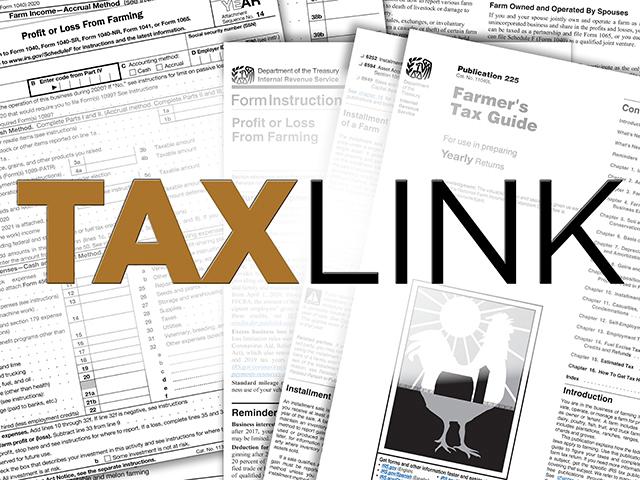Taxlink
The Pros and Cons of a Cash Balance Plan
I've been working on quite a few farm exit plans recently. One strategy that was popular five to seven years ago but is now often overlooked is the cash balance plan.
To understand a cash balance plan, we need to look at two types of pension plans. A defined contribution plan is where the employer/employee contributes money to the employee's individual plan. 401(k)s, employee stock ownership plans and profit-sharing plans are types of defined contribution plans. A defined benefit plan is a traditional pension plan. It promises the participant a benefit upon retirement based off age, years of service and earning history. A cash balance plan blends both the defined contribution and benefit plan together, which results in a supersized retirement plan.
The calculations are rather complex, but I will simplify the best I can. The maximum amount you can contribute depends on age, earned income/wage and prior earnings. The older you are, the more you can contribute. Contributions can be in excess of $300,000 per year if you are over 60 years old. If you are a sole proprietor with a spouse, you can hire your spouse and include him/her in the cash balance plan. The contribution is a deduction to taxable income, so the amount you contribute is not subject to ordinary income tax.
P[L1] D[0x0] M[300x250] OOP[F] ADUNIT[] T[]
There are some drawbacks. Cash balance plan contributions reduce a sole proprietor's taxable income but do not reduce self-employment tax (much like a net operating loss). If you have employees, you may have to include them in the cash balance plan funding. This could result in a higher contribution than you anticipated. It is recommended that you finance the cash balance plan for no less than three years and preferably five years. So, if you want to exit farming immediately, it might be difficult to spread grain income over three years. And, finally, it does cost more money to administer a cash balance plan than more traditional retirement plans.
Let's look at a quick example. A farmer is 65 years old and wants to retire. He is sitting on two years of grain inventory worth $1 million. If he retires and sells the grain in one year, it would be ordinary income subject to self-employment tax. Factoring in state tax, his tax rate could be as high as 50%. Besides grain inventory, the farmer has 1,000 acres of land that will net over $200,000 in rental income.
When looking at retirement cash-flow, the farmer does not need the $1-million crop income because of land rent. If the farmer is able to spread out grain sales for three years, he can finance a cash balance plan with the grain proceeds. Yes, he has to pay the self-employment tax, but the ordinary income tax would be offset by a deduction for the cash balance plan contribution.
The real power of a cash balance plan is that the growth of the $1 million in the cash balance plan is tax-free until the farmer takes a distribution (like a traditional IRA). If the farmer doesn't need to withdraw money because land rent provides enough for retirement, that $1 million can grow to a substantial sum of money.
A cash balance plan can be a great tool for exit planning. Yes, there is more complexity, but in the right situation, the benefits can be substantial.
**
DTN Tax Columnist Rod Mauszycki, J.D., MBT, is a tax principal with CLA (CliftonLarsonAllen) in Minneapolis, Minnesota. Read Rod's "Ask the Taxman" column at https://www.dtnpf.com/…. You may email Rod at taxman@dtn.com.
(c) Copyright 2022 DTN, LLC. All rights reserved.




